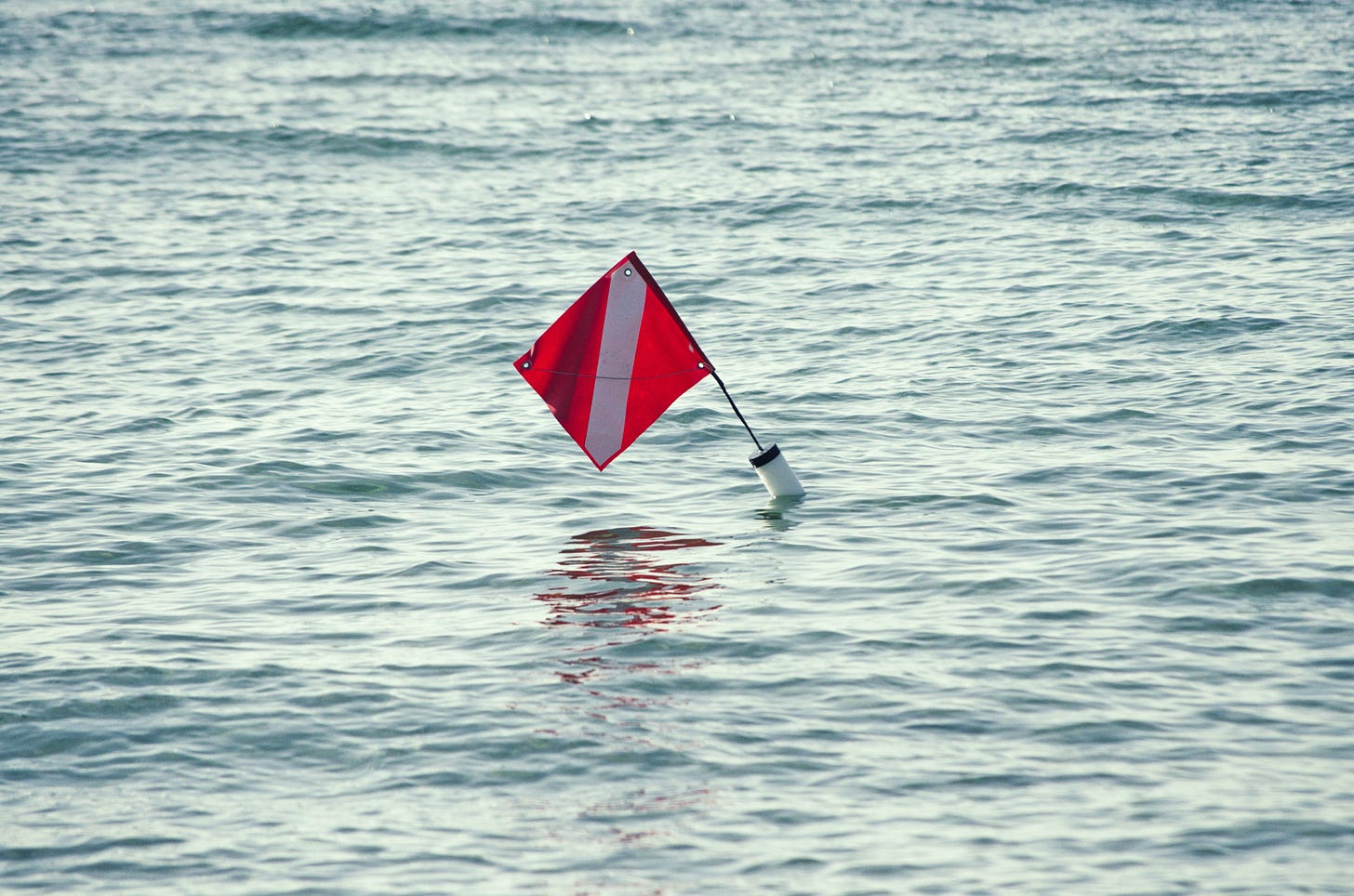One way of understanding culture and determining means of improving it is to examine actual incidents in order to determine what lessons can be learned from them. One event is discussed here to show how lessons can be learned from such catastrophes.
In the late 1990s a processing plant in the southern United States suffered a severe explosion. Although no one died, some workers were seriously injured and the economic loss was calamitous. Following the disaster the plant manager wrote an unpublished paper called Warning Flags over Your Organization. In this paper, which he presented to his management team, he attempted to explain how this facility, whose normal safety metrics (such as lost-time accidents and recordables) were quite good, could have reached a point where it quite literally blew up. The subtitle of the paper was How Lucky Are You Feeling Today? The author recognized that most facility managers elect to take risks, and, that most of the time, there are no serious consequences resulting from such decisions. Moreover, their tenure in their current job is likely to be relatively short, so they can hope to run out the clock — any problems can be addressed by the next manager. However, in the case of this manager the good luck ran out on his watch. His paper spoke to those issues that ‘everyone knows about, but that no one is willing to address’.
The manager started his paper by noting that virtually all process facilities in the United States fly three flags at the front gate: the flag of the United States, the flag of the State in which the facility is located, and the company flag. He suggested that if a facility has crossed a safety threshold then a fourth flag — analogous to a storm warning flag — should be flown. Of course the idea of flying a warning flag in this manner was suggested tongue-in-cheek, but the idea of recognizing that an unsafe zone has been entered and that a storm threatens is a vital component of any company’s culture.
The basic idea behind warning flag concept is that, as an organization is stretched further and further sudden and catastrophic failure is more likely to occur. An analogy is with a rubber band, which, as it is stretched further and further, will eventually reach a point where it suddenly snaps; it fails not gradually, but suddenly and totally. In other words, health, safety and environmental problems do not necessarily provide early indications of potentially serious problems; the first signs of trouble could be a sudden and massive failure.
The following six indicators or warning flags can help management determine if they have crossed a safety threshold.
Keep reading with a 7-day free trial
Subscribe to Net Zero by 2050 to keep reading this post and get 7 days of free access to the full post archives.




